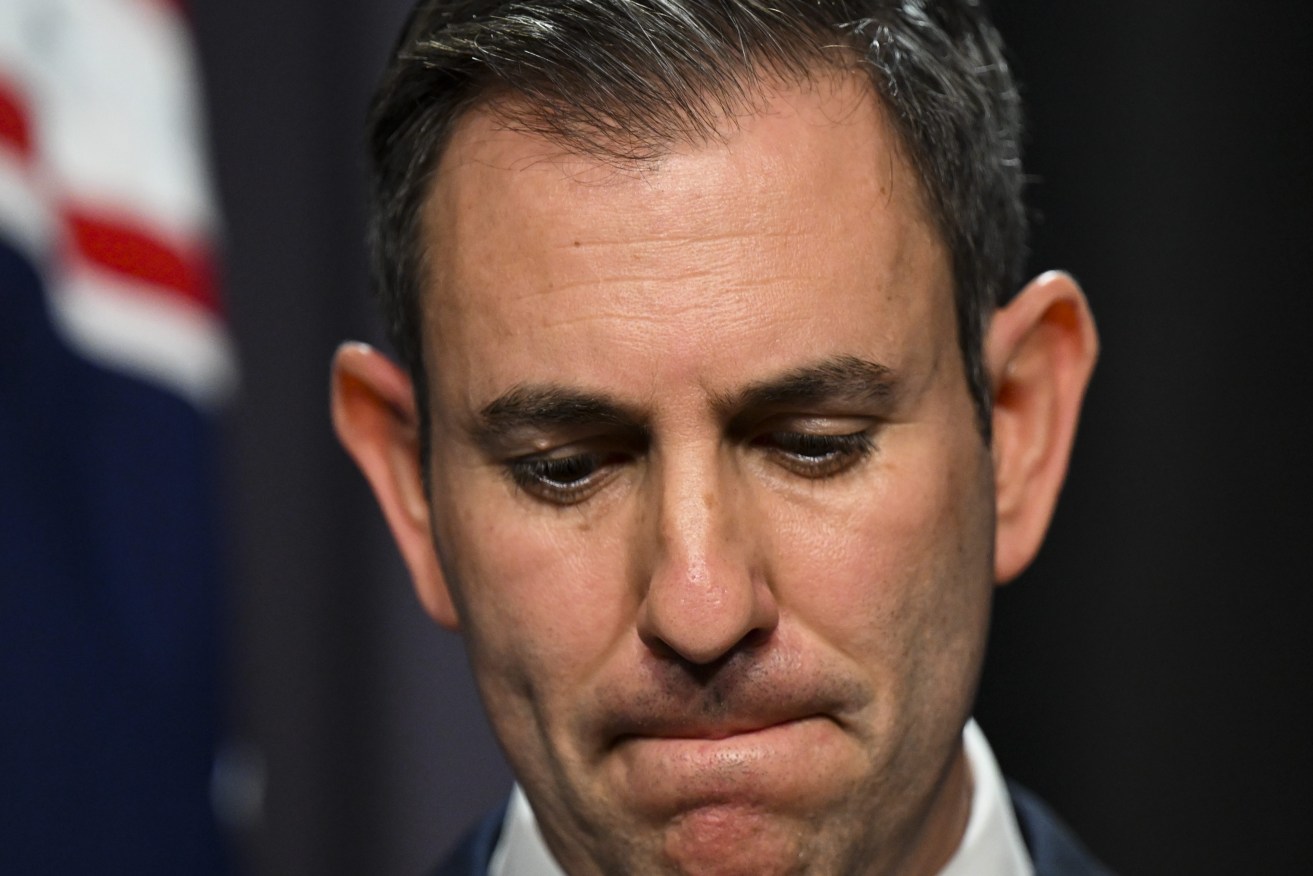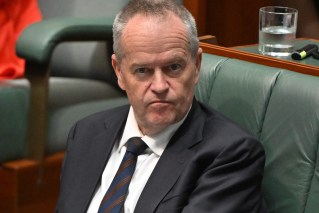Blowout: Banks warn no rescue coming for the economy
The booming commodity prices that helped rescue Australia’s economy are fading and four key areas of spending are tipped to blow out. With them goes any hope of the Government being able to rein in the Budget deficit.


Australian Treasurer Jim Chalmers (AAP Image/Lukas Coch)
But the upcoming Budget on October 25 is likely to dramatically change spending priorities and the ANZ bank has forecast an increase in spending of up to $30 billion in the 2022-23 Budget and about $10 billion of that would be funds that weren’t spent in 2021-22.
Since the election of the Albanese Government, the outlook for the economy has worsened. Inflation has been creeping higher, growth slowing and both ANZ and Westpac have forecast a blowout in the NDIS, aged care, health care and defence.
But there was also an expectation that the Government would deliver some sort of cost-of-living relief in the Budget and its election commitments were expected to add $1.1 billion to the 2022-23 bottom line.
ANZ has tipped spending to grow by $60 billion between 2023-24 and 2025-26, partially because of the election commitments like the $5.4 billion child care package but also of the structural expenses in those four key areas.
However, Treasurer Chalmers has downplayed expectations of cost of living relief in the budget, warning some measures could push inflation even higher.
Chalmers noted the cost of living could surge due to devastating floods in NSW, Victoria and Tasmania pushing up the price of some groceries.
Preliminary talks have already been held with Treasury about the economic impact of the floods.
“There will be a substantial impact on the cost of living, there will be a substantial impact on the budget and there’s no pretending otherwise,” Chalmers told the Nine Network on Tuesday.
“We don’t yet know what the full impact will be on the cost of living, we don’t yet know how many billions of dollars this flood and its recovery will cost.”
Economists have also warned that despite the steep hike in interest rates, there was a risk in Australia of it getting worse this year. Another interest rate hike of .25 per cent was likely for November, they said.
ANZ and Westpac have forecast ballooning deficits beyond 2022-23 because of structural expense pressures and a slowdown in economic growth.
Last financial year produced a windfall for the economy of $47 billion based on better commodity prices, increased employment and a slowdown in government spending, but Treasurer Jim Chalmers warned this was temporary.
Economists also expect “considerable changes” to where and how the Government spends.
Westpac said for 2023-24 economic growth was likely to be downgraded by 0.5 per cent to 1.5 per cent, inflation lifted by 0.75 to 3.5 per cent and unemployment to increase to 4.25 per cent and up to 4.5 per cent for the two years after that.
“The key themes of this Budget will be around the $47.9 billion improved starting point for the deficit in 2021-22, the slower growth and higher inflation in the pre-election fiscal outlook and a potentially significant lift in the new Government’s costing of some major existing programs, notably the NDIS, aged care, health and defence,” Westpac said.
ANZ said that along with higher interest costs, that extra spending in the four key areas was likely “to keep the budget in considerable deficit through the forecast period”.
Paying off the nation’s interest bill has increased by about $13 billion.












